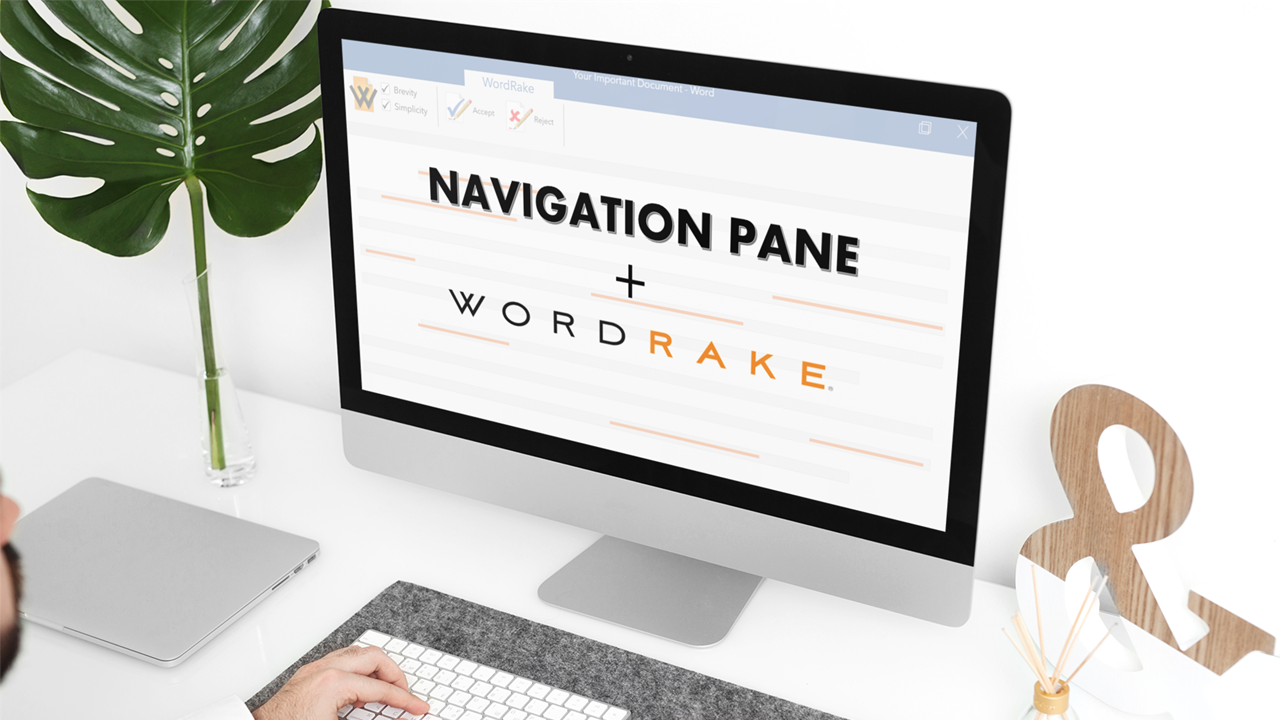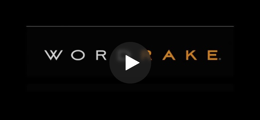As paralegals, time is money. Our days are filled with multitasking and responding to attorney and client demands. We appreciate the latest and greatest software that helps us perform with speed and accuracy. It’s necessary to pick software that fits our writing needs and expedites the process of producing legal documents. But we must also know how to use our software to its full potential so we can get the most benefit from it, in turn benefiting our clients.
Continue readingNominalizations—verbs or adjectives that have been converted into nouns—are common sources of obscurity, wordiness, and needless complexity in professional writing. While nominalizations may seem more formal when they appear in phrases like “reach a decision” or “make an assumption,” that requires equating formality with stodginess.
Continue readingParalegals with excellent writing skills know the importance of editing and proofreading their work. After all, clear and effective legal documents are more than words on a page—they can shape opinions and influence lives.
Continue readingLegal writing requires the ability to present clear and persuasive arguments, which is why legal briefs need effective organization and structure. Two tools for enhancing the persuasive power of a brief are the Table of Contents (ToC) and point headings. By leveraging technology and honing organizational skills, lawyers can improve the clarity, coherence, and impact of their writing. Technology can simplify creating, organizing, and editing legal briefs so you can focus on finding the most persuasive arguments. In this article, we’ll discuss the importance of large- and small-scale organization and how to achieve it, as well as technology tools to help you construct a better legal brief.
Continue readingEffective legal writing involves connecting compelling arguments with cited support from relevant legal authorities. A clear understanding of these authorities’ hierarchy amplifies the persuasive strength of your assertions. Mastering tools like the Table of Authorities (TOA) in Microsoft Word can improve your productivity. Combining legal writing skills with technological assistance elevates the quality of your work, ensures adherence to court timelines, and helps you concentrate on your argumentation.
Continue readingLegal and business writing require a blend of precision, clarity, persuasion, and organization. With so many necessary elements, most legal and business documents are long and require more structure—for writers and readers—than a typical document. For writers, structure helps you maintain focus while crafting document content; for readers, structure guides them through the document and helps them see logical connections. Structure supports understanding, so finding ways to easily implement and adhere to structure will help you improve substance.
Continue readingStop Fighting the Hypothetical: Using the Subjunctive Mood and Conditional Phrasing in Legal Writing
Lawyers encounter hypothetical scenarios and conditional situations daily, so they must consider what might happen or what could have happened. Two powerful tools help lawyers write about hypotheticals with precision and clarity: the subjunctive mood and conditional phrasing.
Continue readingA strong legal case needs paralegals with strong writing skills: a paralegal’s writing sets the foundation for important legal documents, which can impact case outcomes. Unfortunately, wordiness and lack of clarity can easily become bad writing habits for paralegals. Intentional word choice and editing can turn your writing from mediocre and rambling to powerful and precise. In this article, we’ll cover a few sources of wordy habits and keys to good legal writing.
Continue readingEven the best writers fall back on common expressions that add unnecessary and repetitive words to their writing. This repeated information is most often added as time-related information to sentences in which the verb tense or another part of speech already shows the reader the time information.
Continue readingSmall changes make a big difference in your writing’s clarity and brevity. One of the best professional writing tips is to simplify. Simpler is better for sentence structure, word choice, and document length.
Continue reading













